Some dog breeds need additional protection and clothing. It's not just that they need to keep warm when walking in winter or other cold seasons. Sometimes it's important to have protection if they've recently had surgery. This applies mostly to pets with short hair. The most suitable option for dogs of all breeds and sizes is a blanket. It can prevent dirt from getting into wounds, keep them warm in winter, and at the same time allow the pet to move freely without restricting their movements. The idea of creating this type of clothing originally came from horse breeders, but it migrated and took root in dogs and cats. This article will tell you in detail how to make a blanket for a dog with your own hands, patterns for such products, how to take measurements from a dog, and much more.
How to take measurements from a dog
Sewing clothes for dogs and other animals is similar to the sewing process for humans. It is also necessary to take measurements, since clothes that are too tight or too wide will restrict movement or, conversely, drag along the ground.
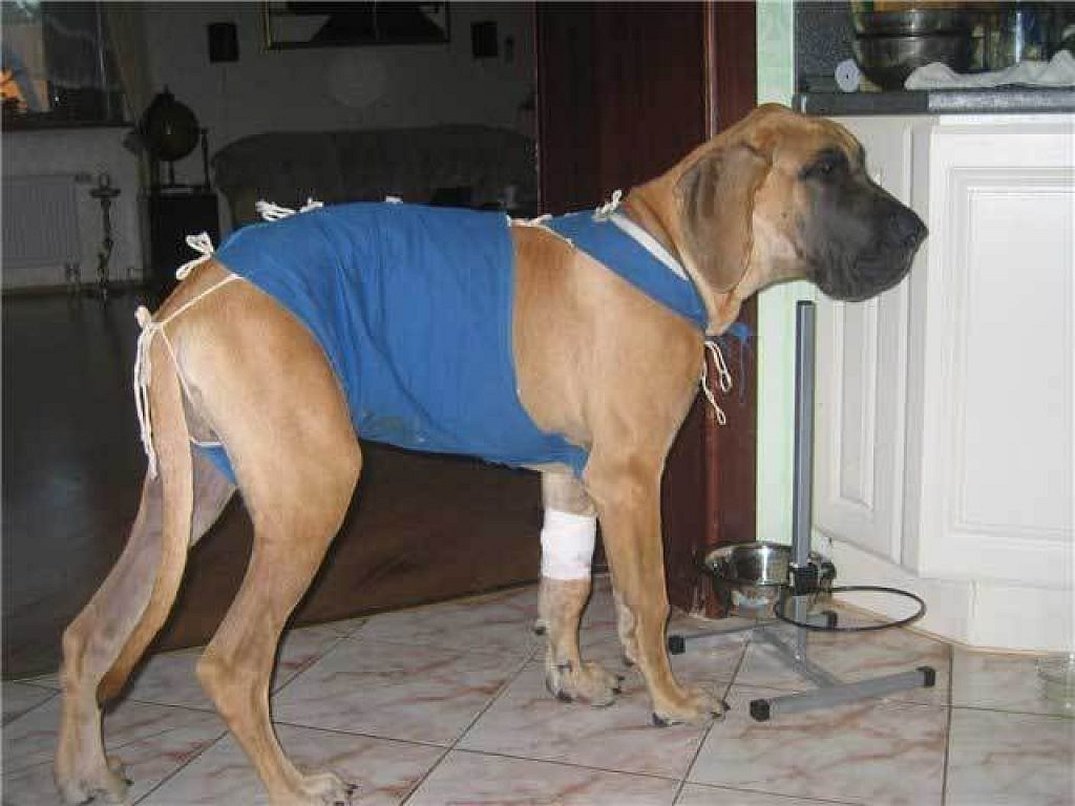
To take measurements from a dog, it must be placed on a horizontal and straight surface so that it stands steadily and straight, touching it with all four paws. To do this, the dog is calmed down. You can even feed it in the process. In the process of taking measurements, it is necessary that the tape measure does not fit too tightly to the body, but does not sag either. This means that when wrapping, the tape measure should move freely in different directions.
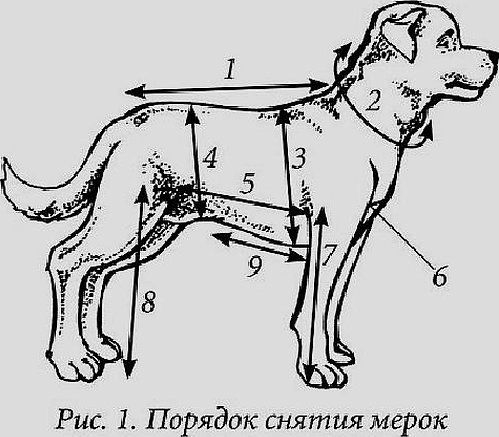
The basic measurements for sewing and knitting are:
- Back length.
- Neck circumference.
- Chest circumference.
- Waist circumference.
- Distance from front to back legs.
- Distance between the front legs.
- Length of front and back legs (from armpits to the surface on which the dog stands).
- Distance from the armpits of the front legs to the genitals (for males only).
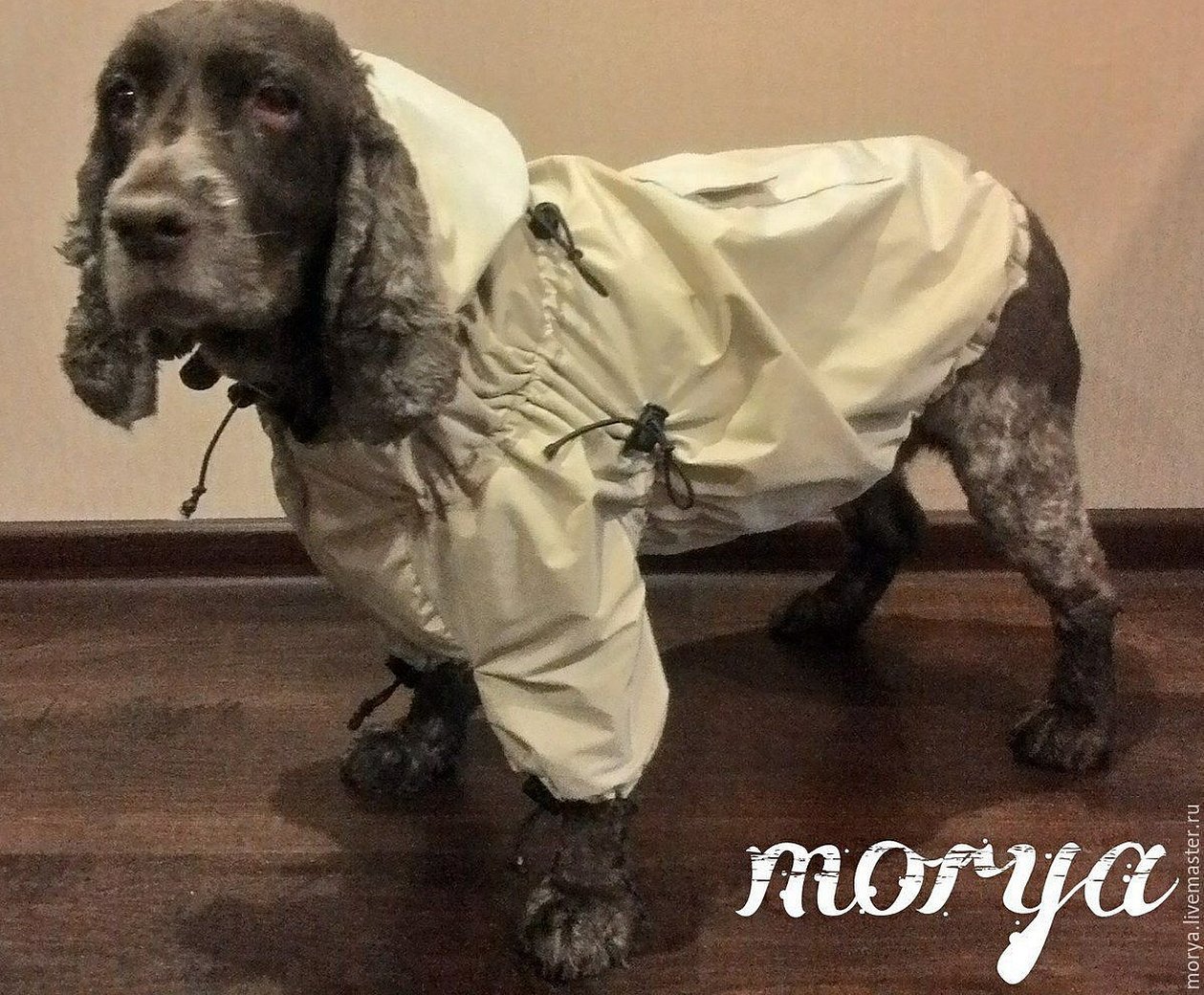
How to sew a blanket for a dog with your own hands: step-by-step instructions
When all materials and tools are prepared, you can start sewing. To do this, the pattern pieces are transferred to the fabric: the main and lining. Do not forget that 1 centimeter allowance is left along the edges.
Important! Each part of the pattern is half of a detail. That is why, when a person begins to transfer the pattern onto the fabric, it is necessary to fold it in half and apply the detail to the fold with the corresponding line.
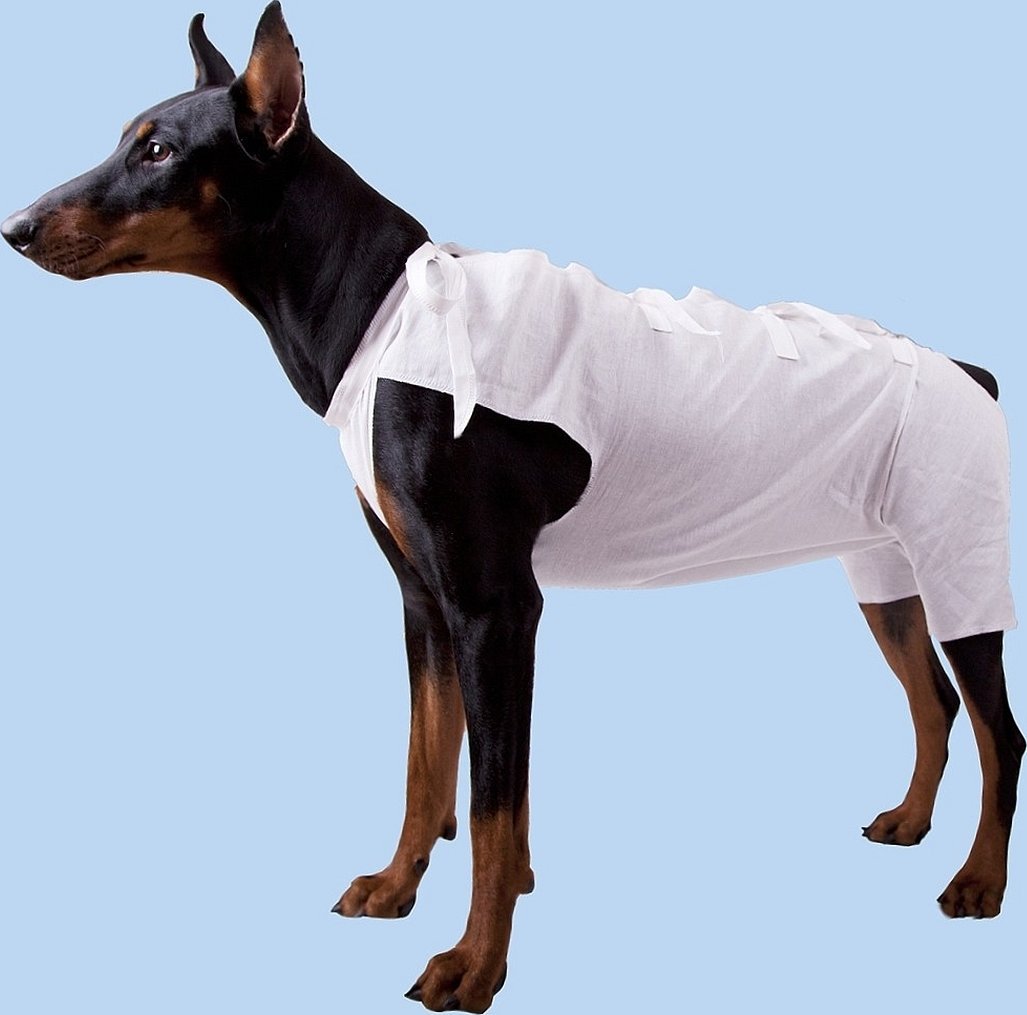
When all the parts are cut out, they need to be unfolded. The lining can be made in such a way that it completely copies the base, or it can be done a little differently. Naturally, the dog's upper body gets most of the precipitation in winter or autumn, so the back should be duplicated with a membrane or waterproof fabric. After this, the two parts are sewn together, and unsewn holes are left for turning the product inside out.
It is best to stitch the back pieces along the neck, and the lower and side pieces up to the notches that will converge at the neck. The stomach is stitched almost completely, turned inside out and finished. All that remains is to stitch the lining so that it does not stick out, and turn out all the pieces that are sewn together to complete the process. It is best to use sewn-in elastic bands or Velcro for fixation.

How to sew elbow pads for a dog
These parts serve as protection for the paws of dogs that prefer to constantly lie on hard surfaces. First of all, these are home clothes and they need to be taken off before going outside. They prevent the appearance of calluses, and if they already exist, no infection will get into the wounds.
It is best to order flexible and stretchy accessories made of synthetic material, but you can also make them yourself. For this, you should use children's tights or sweaters that have good elasticity. Everything depends on the size of the dog. Usually, calluses are typical for larger breeds.

Pattern of a cap for a dog
First, you need to take the necessary measurements: the length from the eyes to the base of the head along the crown. Add 2.5 centimeters to this value for the bend of the fabric. The second measurement is similar, but is measured between the ears. Also add 5 millimeters of allowances on each side. The last measurement is the circumference of the head with the forehead and chin. This parameter is divided by 4 and multiplied by 3. Also, on each side, add an allowance of 2.5 centimeters for seams and bends of the material.
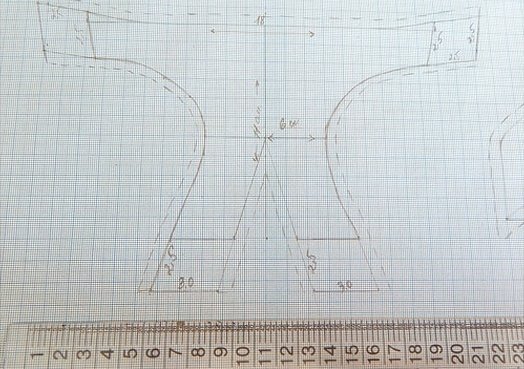
Important! Next, they start making the pattern. It is shown in the picture below. It is applied to paper with a millimeter cell. The visor and its length are made at will. After the drawing is ready, it is cut out and the pattern is ready.

Dog Vest - Pattern
For the vest you will also need to take a few measurements:
- Chest circumference at its widest point.
- Neck circumference at the base.
- Length of the back from the base of the tail to the withers. Measured only in a calm stance.
The last value is needed to determine the side of the square of the drawing. The length of the back is divided by 10. This will be the size of the square for the pattern. After the measurements, it is necessary to accurately transfer all the details to the grid.
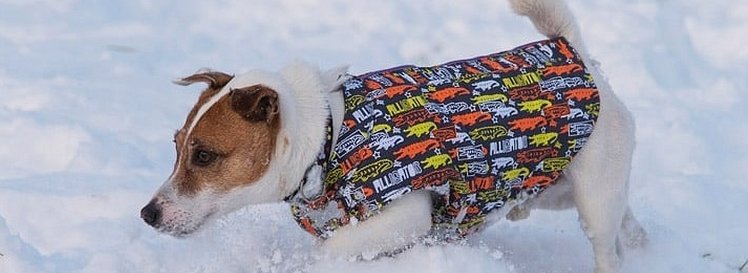
To make it you will need:
- Lining stitch. Usually it is a fabric on synthetic padding.
- A membrane material that “breathes” and has water-repellent properties.
- Zipper or special Velcro. It is best to use the first option.
You can take the pattern from the Internet or make it yourself if you have the relevant experience. After that, all the details of the drawing are transferred to the fabric. Do not forget about the allowances of 1 centimeter.
Important! If the drawing from the Internet says "fold line", then the part must be applied to a piece of fabric folded in half. In this case, the imaginary line must lie at the very place of the fold.
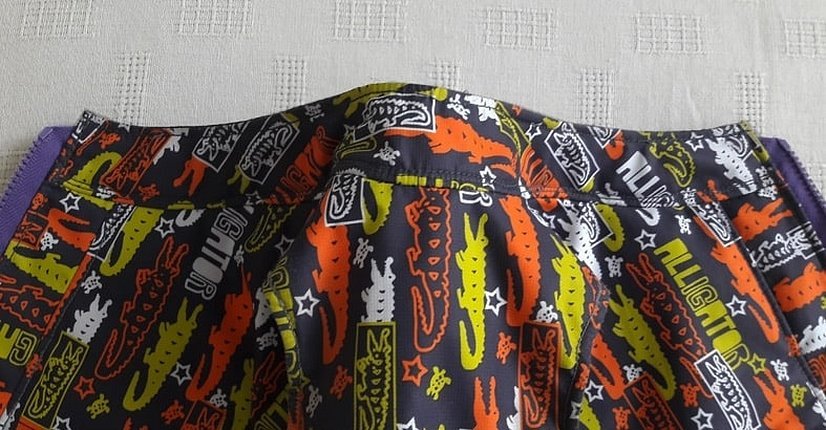
The lower part should be cut with a fold, and the back should consist of two parts. The lining is cut so that it completely copies the parts from the membrane fabric. After cutting, the lining and base parts are sewn together on the sides from the inside. The lining and membrane are connected with the front parts and stitched along the bottom of the vest and along the cuts for the sleeves.
All this is turned to the front side and darned with a finishing stitch along the bottom of the product and the edges. The shoulder edges are basted, and the resulting design is used on the dog. It is now possible to determine whether the vest fits and change it.
Important! It is worth making sure that the vest fits the dog well, is not too tight, and the armholes do not press on the armpits. Otherwise, they may rub and the dog will be uncomfortable. If everything is OK, then the vest is stitched on a sewing machine.
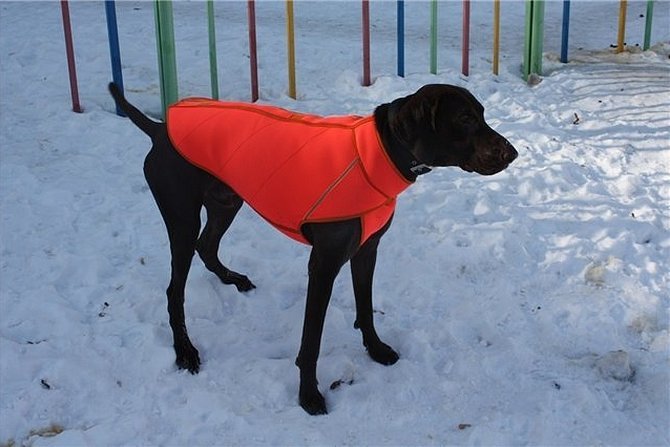
How to sew a muzzle for a dog with your own hands
To sew you will need:
- Centimeter.
- Materials for the pattern: paper, ruler, marker or pencil.
- Materials for the product: thick fabric (tarpaulin), fasteners and straps.
The measurements are as follows:
- The circumference of the muzzle is above the nose.
- The circumference of the muzzle near the bridge of the nose.
- Length of muzzle from bridge of nose to tip of nose.
- Length from the middle of the bridge of the nose to the straps.
- Head circumference from the muzzle.
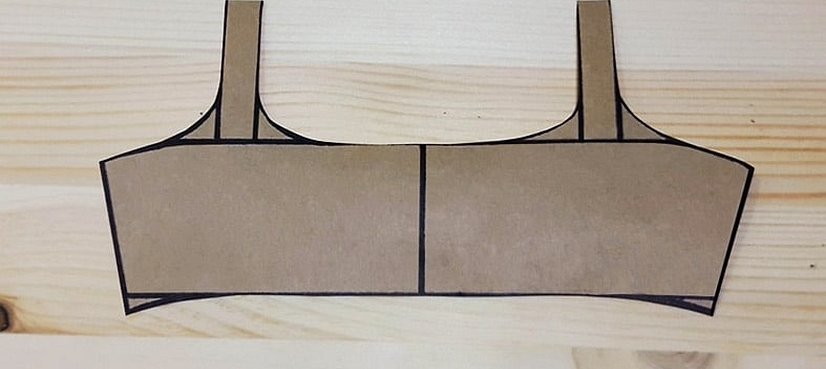
The pattern is quite simple to construct, and after cutting it out, you can immediately try on the future muzzle on the dog. It is important to make sure that the straps of the product go clearly along the muzzle and do not touch the ears.
Next, the paper parts are transferred to the fabric. For convenience, you can fold the fabric in half, like the pattern itself. This will minimize the transfer process, since the product is symmetrical. As a result, you get two parts for the muzzle and straps, to which you can sew a strap. This is necessary to thicken the fabric and increase reliability.
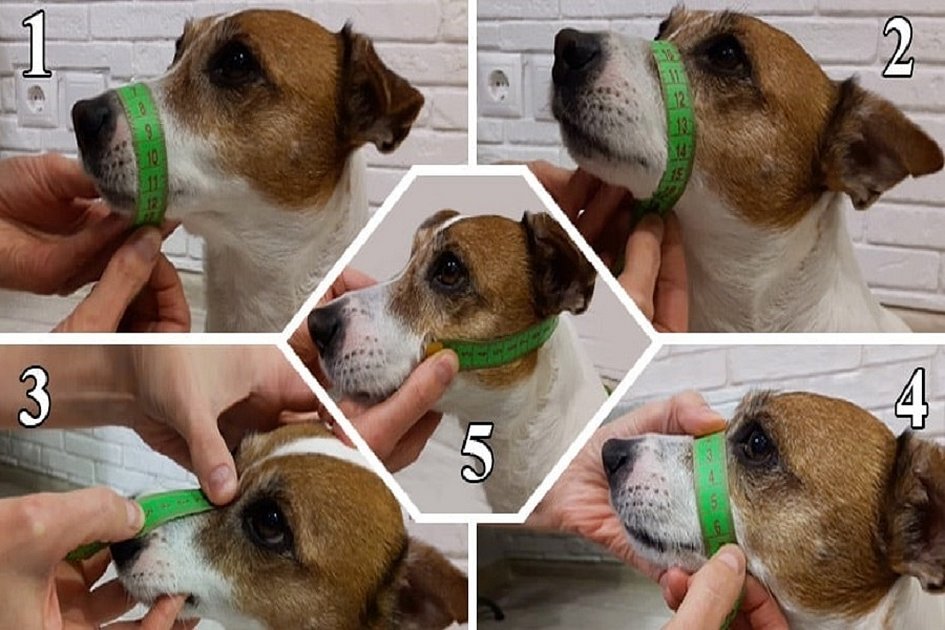
Patterns for dogs by Svetlana Kovaleva
Patterns and drawings of clothes for dogs from Svetlana Kovaleva are especially popular on the Internet. The woman lives in Pokrovsk in Ukraine and makes to order some of the best patterns of various clothes for dogs of any kind. Below are several works of the business master.
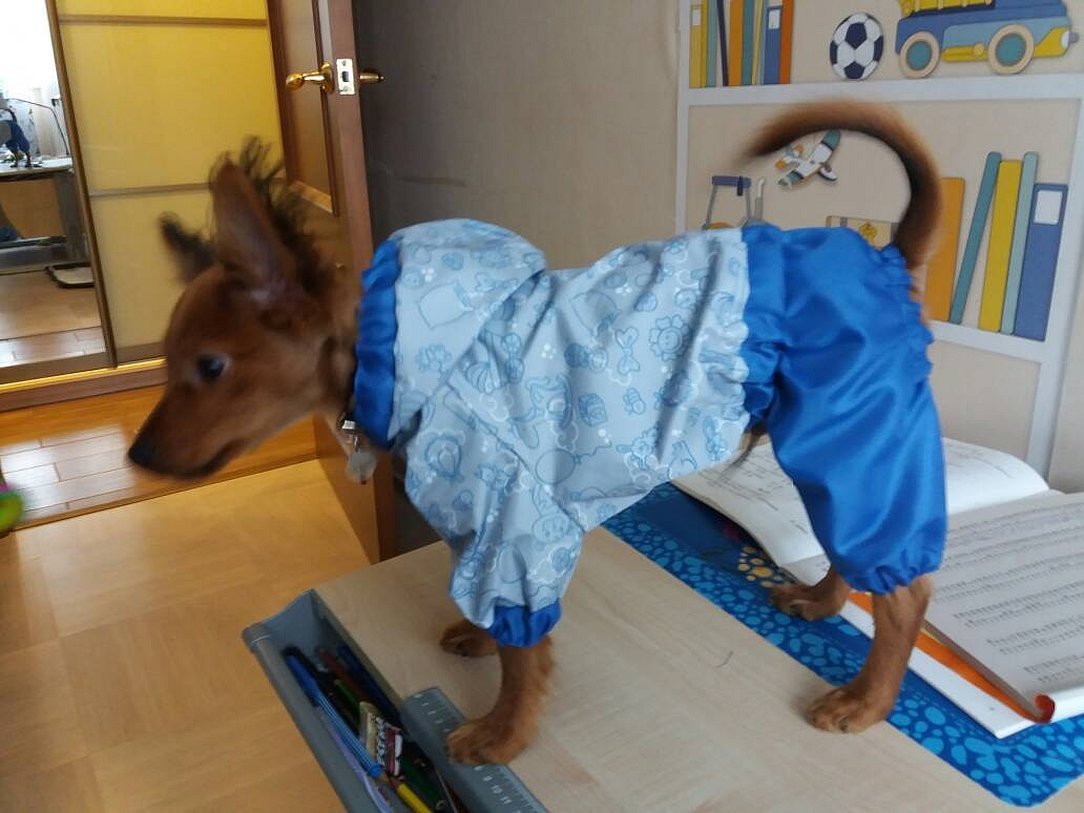
Above, it was described in detail how to make knitted clothes for dogs of small and large breeds with your own hands, patterns of such products are presented. Sewing such clothes is not difficult and does not take much time, and will be very useful for your pet in cold weather or when sick.




